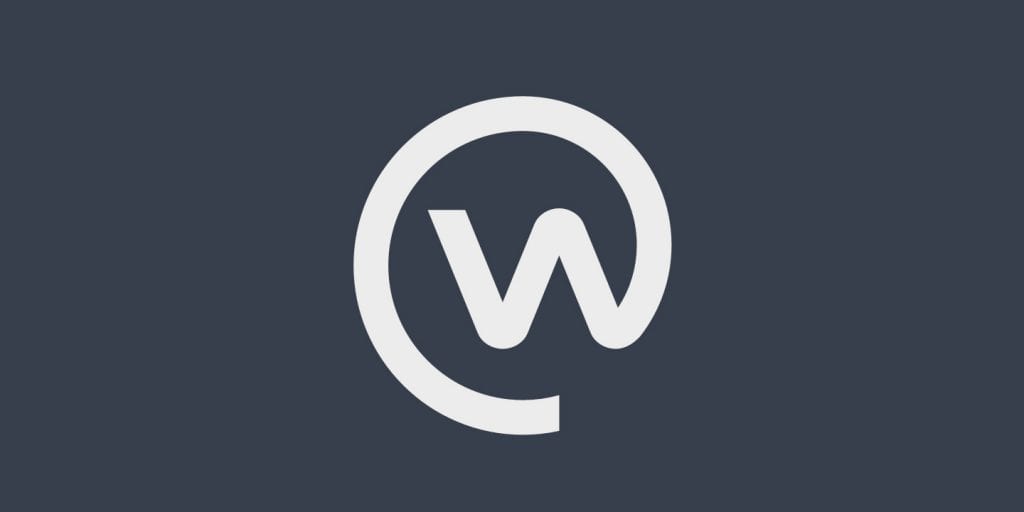 Michelle Mahony, SVP, Director at Ketchum Change, was recently a guest on ICology—a podcast about interesting people, doing interesting things in the world of internal communications—to discuss Workplace, Facebook’s new internal social networking tool for corporations. In her conversation with Chuck Gose, she talks candidly about the benefits of Workplace, why it is more than just Facebook for corporations, and the common challenges with implementing new internal communications platforms.
Michelle Mahony, SVP, Director at Ketchum Change, was recently a guest on ICology—a podcast about interesting people, doing interesting things in the world of internal communications—to discuss Workplace, Facebook’s new internal social networking tool for corporations. In her conversation with Chuck Gose, she talks candidly about the benefits of Workplace, why it is more than just Facebook for corporations, and the common challenges with implementing new internal communications platforms.
Below are highlights from the conversation:
Chuck: Over the past several years, there have been many internal communications platforms introduced in organizations, like Yammer, Slack, etc. Now, Facebook has its own: Workplace. But what sets it apart from the rest?
Michelle: As one of the 300 companies that took part in the beta testing of this new platform, Ketchum found the implementation fairly seamless. Starting with a pilot group, Ketchum experimented with ways to launch the channel within the larger organization, and how to socialize it with employees. After the initial testing, it caught-on quickly–70% of Ketchum signed up for the new platform within a couple of weeks. For an organization with 2,700 people around the world, this was a pretty phenomenal feat.
While there are many other organization platforms and collaboration tools, one of the biggest challenges to adoption is the learning curve to figure out how to use and navigate the platform. Of course, with 1.7 billion Facebook users worldwide (that’s around a quarter of the global population) the familiarity and ease of the platform makes for a smoother transition. Workplace meets employees where they already are, with a relatively frictionless adoption from the Facebook they already know and use. Facebook has also designed Workplace as “mobile first.” Users can access the platform from their desks or while they’re on-the-go, making it easy to reach employees who are on-the-move or at sites with little computer access, or even those after-hours folks as people are merging personal and work lifestyles.
The live video stream also comes in handy when leaders and people want to live stream events, make real time announcements, or broadcast news and perspectives no matter their location. It’s an exciting and new way to connect employees.
Chuck: It seems to be a pure mechanics standpoint, but the groups seem to be a key differentiator between the way Facebook is used vs. Workplace. What are some of the others?
Michelle: Workplace is really designed to work around the group dynamic. All of the posts are made within specific groups in order to facilitate the interaction, collaboration and getting work done among specific sets of people. So whereas on Facebook you post on your profile, on Workplace you post to specific groups. Done well, this greatly reduces the need for email and increases the opportunity for collaboration. These can be created quite naturally with existing email groups or by roles, geographies or functions.
Chuck: In my experience I’ve seen a number of technology implementations fail because of a, “if we build it they will come” attitude, rather than meeting people where they are. How does this play into the implementation of a platform like Workplace?
Michelle: It’s true that this platform meets people where they are, but organizations have to be really intentional and carefully plan how they launch the tool, because it really is a change for people in how they work and communicate. Facebook is great at really listening and responding to customers, and quickly turning around updates and improvements, but with any new technology—no matter how familiar and effective—there comes a set of challenges. We at Ketchum have experience implementing this specific type of change, and are here to help.
As a Workplace implementation partner, we help organizations successfully actualize the platform. First, by helping to navigate the stakeholder buy-in process (e.g., IT, Leadership, HR) needed to successfully launch the platform—and then by helping to craft the strategy that develops the engagement needed to ensure quick adaption. Finally, we ensure the platform works logically with other communications channels and processes in the organization.
Chuck: You made a lot of great points about what it takes for a successful implementation. For me, looking at it as an outsider, it looks like there’s a lot of potential here.
Michelle: I think so too! Workplace is truly a tool that can change the way people work, in addition to being an effective communications channel. Mark Zuckerberg went on the record stating: “Workplace is a way to run a company. It’s much more than a communication platform.” In other words, when thinking of Workplace as a spectrum, the entry point for a lot of communicators is facilitating greater discussions, more collaboration and more transparency among employees. When you begin to understand the different capabilities and functions, Workplace actually moves away from an organizational “message board” and becomes an effective way to get work done. I think there is a learning curve to get there, and it will be interesting to see how organizations are harnessing its potential a year from now.
To listen to the full podcast, click here. Or contact Michelle Mahony at michelle.mahony@ketchum.com for more information.


